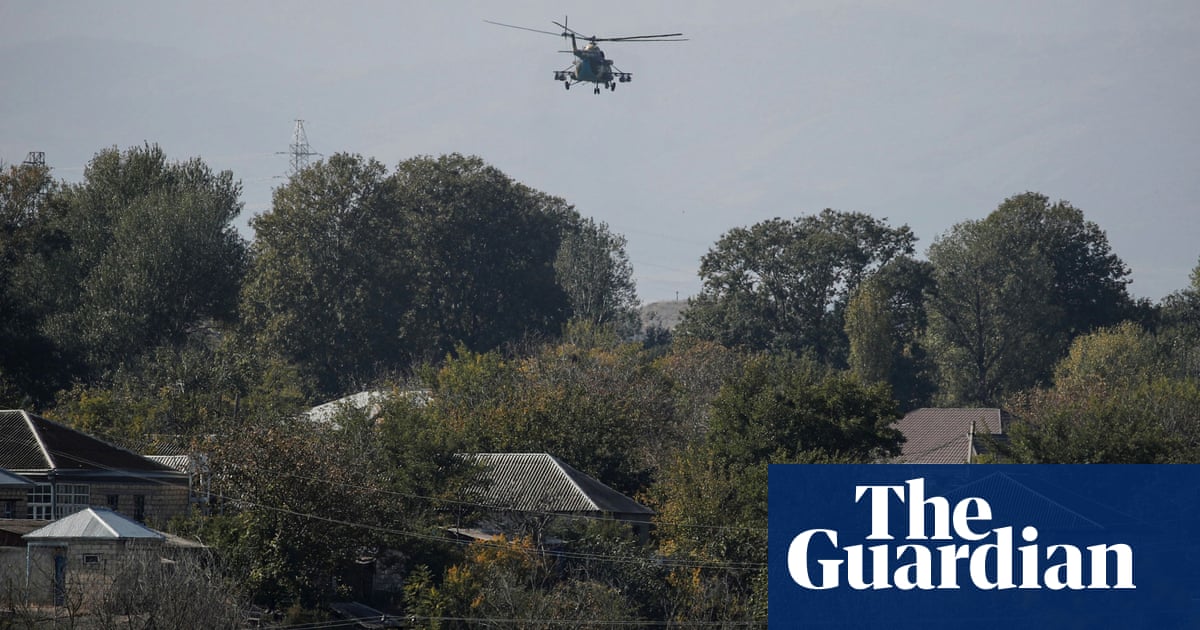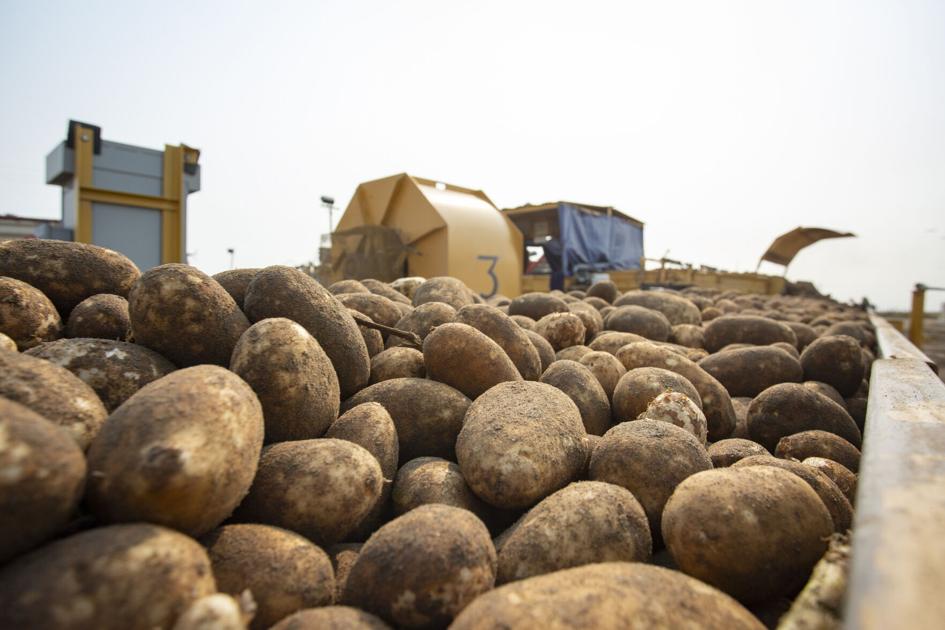
Azerbaijan and Armenian have accused each other of violating a new ceasefire in the countries’ conflict over the mountainous enclave of Nagorno-Karabakh.
The truce, brokered by the United States and other western powers, had only just come into effect at 8am local time (4am GMT) on Monday when the defence ministry in Baku said Armenian troops had shelled villages in the Terter and Lachin regions.
The defence ministry of Nagorno-Karabakh, which is controlled by Armenia, said it was “misinformation” and said that Azeri forces had launched a missile attack on its military positions on the north-eastern side on the line of contact.
Armenia’s president, Nikol Pashinyan, said on Facebook that his country “continues to strictly adhere to the ceasefire regime”.
An aide to the Azerbaijani president, Hikmet Hajiyev, said it was Armenia that violated the current and two previous truce agreements.
“Armenia’s goal is to preserve the status quo based on occupation,” he said in a statement. “The Azerbaijani side is exercising restraint.”
The ceasefire was announced on Sunday in a joint statement from the US State Department and the governments of Armenia and Azerbaijan.
It comes after US secretary of state, Mike Pompeo, met the foreign ministers of Armenia and Azerbaijan in Washington on Friday, and a meeting of the co-chairs of the OSCE Minsk Group, formed to mediate the conflict and led by France, Russia and the US.
Q&A
Why are Armenia and Azerbaijan fighting over the Nagorno-Karabakh region?
Early on Sunday 27 September, Armenia announced it was declaring martial law, mobilising its army and ordering civilians to shelter. It claimed its neighbour Azerbaijan had launched a military operation inside a breakaway region called Nagorno-Karabakh. Azerbaijan said it attacked only in response to Armenian shelling.
Nagorno-Karabakh is recognised internationally as Azerbaijan’s territory but has a mostly Armenian population who have resisted Azerbaijani rule for more than a century. In 1991 the region of around 150,000 people declared independence and since then it has ruled itself – with Armenian support – as the unrecognised Republic of Artsakh.
Nagorno-Karabakh, a mountainous, landlocked region inside the borders of Azerbaijan, has been a source of dispute since before the creation of the Soviet Union. Tensions were suppressed when both Armenia and Azerbaijan were Soviet states, but they re-emerged as the cold war ended and Communist party control of the bloc dissolved.
A war between Armenian and Azerbaijani forces ended in a ceasefire in 1994, with Armenia in full control of Nagorno-Karabakh and other surrounding enclaves of Azerbaijan’s territory. Azerbaijan is majority Muslim and Armenia is majority Christian, and some elements on both sides seek to cast the conflict in religious terms.
A statement from the Minsk Group said: “During their intensive discussions, the co-chairs and foreign ministers discussed implementing an immediate humanitarian ceasefire, possible parameters for monitoring the ceasefire, and initiating discussion of core substantive elements of a comprehensive solution.”
On Sunday, new fighting erupted between Azerbaijan and ethnic Armenian forces as both sides blamed each other for blocking a peaceful settlement to the conflict.
Armenia accused Azerbaijani forces of shelling civilian settlements. Baku denied killing civilians and said it was ready to implement a ceasefire, provided that Armenian forces withdrew from the battlefield.
Minsk Group said its co-chairs and foreign ministers agreed to meet again in Geneva on Thursday “to discuss, reach agreement on, and begin implementation, in accordance with a timeline to be agreed upon, of all steps necessary to achieve a peaceful settlement of the Nagorno-Karabakh conflict”.
Nagorno-Karabakh lies within Azerbaijan but has been under the control of ethnic Armenian forces backed by Armenia since a war there ended in 1994. The latest fighting that began on 27 September has involved heavy artillery, rockets and drones, killing hundreds in the largest escalation of hostilities between the South Caucasus neighbours in more than a quarter of a century.
The Link LonkOctober 26, 2020 at 07:32AM
https://www.theguardian.com/world/2020/oct/26/nagorno-karabakh-us-brokered-ceasefire-agreed-amid-fresh-fighting
Azerbaijan and Armenia trade accusations of breaking US-brokered truce - The Guardian
https://news.google.com/search?q=fresh&hl=en-US&gl=US&ceid=US:en

No comments:
Post a Comment